The “Missing Middle” Is More Complicated
In our industry of impact investing, there has long been a lament that small and growing businesses (SGBs) are the “missing middle” of the space—these are the companies that are too large for microfinance funding and too small for traditional investors or even most impact investors. The Aspen Network of Development Entrepreneurs defines this space as companies seeking to raise between $20,000 and $2M US with between five and 250 employees.
The conversation has been going on for years, first defined with great clarity in the Monitor and Acumen Fund study, “From Blueprint to Scale” in 2012. Upaya’s Sachi Shenoy picked up the issue of a “pioneering capital gap” with Brian Arbogast in 2013 and then revisited it with our board member, Nathan Byrd, earlier this year. A common theme of all this investigation is that while the potential for impact can be huge in this space, investing here requires patience, capacity building and a lot of risk.
Upaya invests exactly in the “missing middle” and for years we have felt—If not completely alone—pretty lonely. We invest to create jobs for the extreme poor, which gives us a very particular approach to enterprise selection. While there has been much discussion, there have not been dramatic shifts to address the gaps. Players are entering the space but there is still a $930 billion financing gap. What is going on?
“This Missing Middles,” a report commissioned by the newly-created Collaborative for Frontier Finance dissects this segment with much greater granularity than ever before. It has not been helpful to talk about a financing gap for these kinds of companies because “these” kinds of companies are quite diverse. The report helpfully breaks them down into four groupings:
High Growth – Disruptive business models that could be tech-led, asset-light, growing at 66% in the CFF study.
Niche – Innovative products or services targeting niche markets
Dynamic Enterprises – “Bread and butter” businesses (trading, manufacturing, etc.) that have moderate growth and scale potential but significant livelihood impact
Livelihood Sustaining – Sustainable businesses that may have outgrown microenterprise and are supporting families with incremental growth
This report resonates with us so well because conversations with other seed stage or early stage impact investors sometimes remind us that “one of these things is not like the other.”
Upaya looks for companies that can be sustainable job-producers that return our investment, preferably with some upside. It’s not that we lack the ambition or focus of other early investors who are looking for “rocket ships” or “massive scale.” It’s that we know our market. The “Dynamic Enterprise” group is a very good description of many of the companies that we see and want to help reach 1,000+ sustainable jobs.
In what might be a surprise, the high growth ventures are generally on a trajectory to create fewer jobs due to their business model. So we wish them well, along with our colleagues who invest in them, but they’re less interesting to us unless there’s strong job creation. (As an aside, these are also the kinds of businesses that directly refute Mulago Foundation’s Kevin Starr’s post in the Stanford Social Innovation Review from August. The only key to poverty alleviation is not making sure that the companies that provide goods and services to the poor can scale; starting with a reliable job and income is a more direct assault on poverty, even if it comes in 1000-person increments.)
What this study does so well is explain why the “missing middle” has felt stuck for so long. It’s not that there’s not enough interest in funding these companies. It’s that we need to be more creative in our approach. There is no one financing solution for these different kinds of enterprises. So many impact-driven organizations, including Upaya, are making fairly straight-forward equity investments. In fact, the typical venture style equity investment doesn’t fit well with any of these groups. Even the high growth ventures, which account for only 1% of the segment, are likely to need longer time horizons than closed-ended funds provide.
Upaya had already started exploring what investment alternatives are available to us as a foreign investor in India, but this report gives us renewed energy. It also underscores that what we do really matters. There are not enough impact investors focusing on the “bread and butter” businesses that are the “backbone of local economies and are important sources of jobs for low- and moderate-skilled workers.” Hopefully, with a better understanding of the environment we’re working in, investors can all be more successful in achieving our impact goals by better serving the entrepreneurs in our portfolios.
ABOUT UPAYA SOCIAL VENTURES:
Upaya Social Ventures is building a dignified economy by providing investment and support to early-stage businesses creating sustainable livelihoods for people living in the most extreme poverty.
Upaya’s award-winning impact-first model seeks out and supports oft-overlooked companies creating work that is safe, stable, inclusive, and rewarding—generating a transformative impact on families, communities, and economies.
Since its founding in 2011, Upaya’s portfolio companies have created over 44,000 dignified jobs across India. Please visit upayasv.org for more information.
